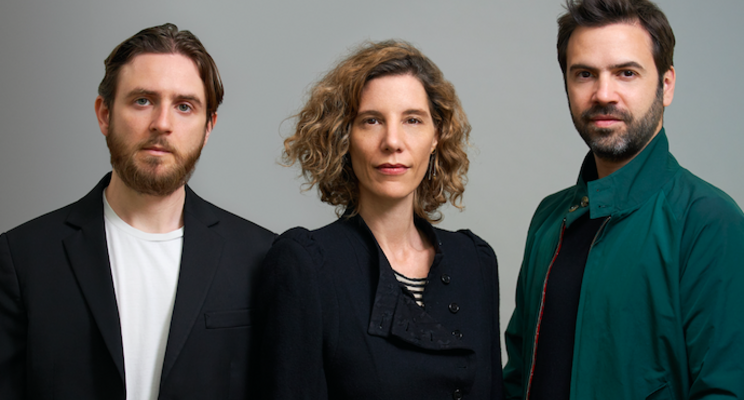Can vertical farming help save the planet?
Added on 22 March 2022

The world's population is 7.9 billion, a figure that has doubled within my lifetime. The United Nations estimates it will increase to 9.7 billion by 2050. How do we feed all these people without destroying the planet? It is the question of our age.
An industrial estate on the outskirts of Bedford may be an unlikely location to find the answer. But here three young Israelis, self-confessed former hippies, have started to build what they believe is the future - sandwiched between a double-glazing showroom and an aluminium guttering company. The trio are brothers Erez and Guy Galonska and Osnat Michaeli, Erez's partner. They run a company called InFarm, which has operations in 11 countries, but they have chosen Bedfordshire to build their most cutting-edge farm. It is not a farm as you and I would understand it. There are no tractors or fields, no polytunnels or silos. The "farm" doesn't even seem to contain any plants - at least, not that I can see - just lots of shining aluminium structures inside a large airy warehouse. It is an indoor farm or, to use the industry buzzword, a "vertical" farm, where the plants grow in trays up to the ceiling. Instead of the sun, LED lights are used to warm the green shoots.
Vertical farming, believe the evangelists, will solve one of the greatest, if not the greatest, challenges facing the world. Erez, 39, is the older brother and chief executive. He says with a breezy certainty, "By 2050, we want to become a significant player in terms of producing food to help to feed the people."
Photo Courtesy of Infarm
Source: The Times
More news















